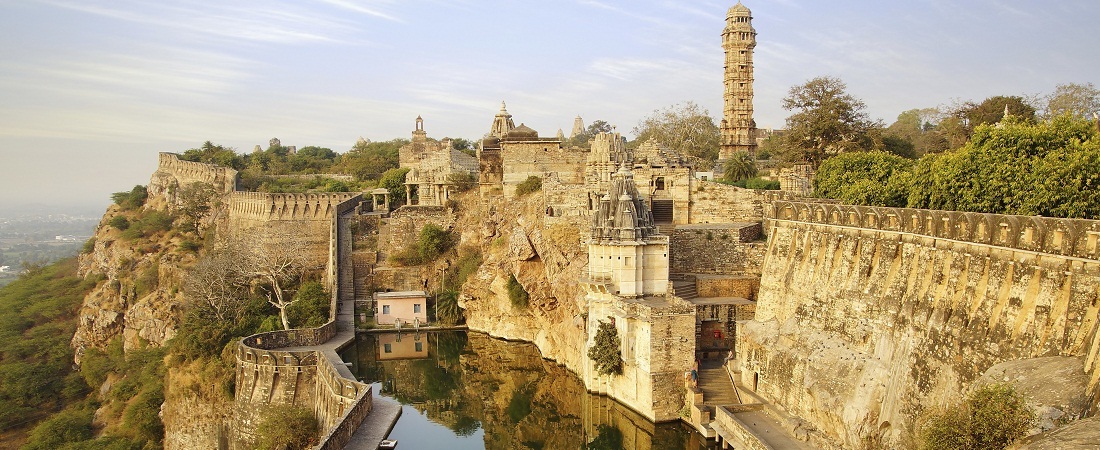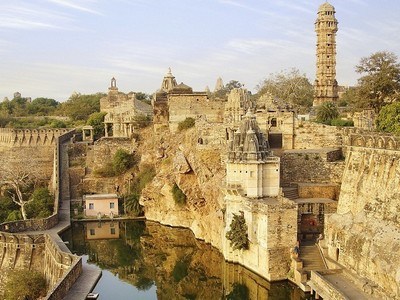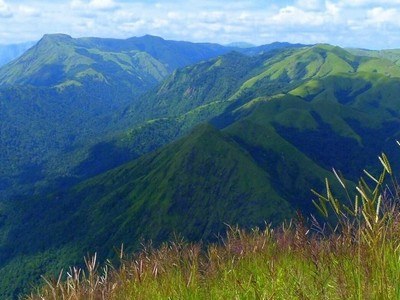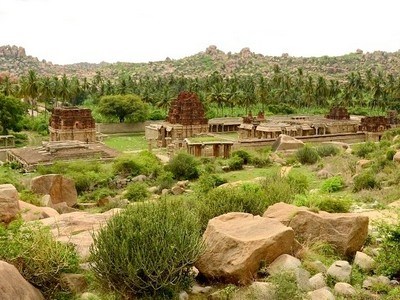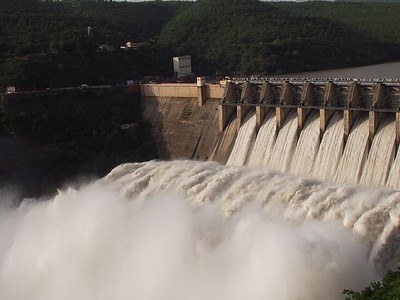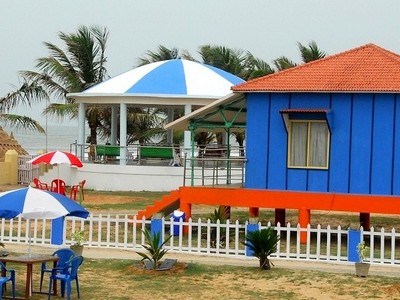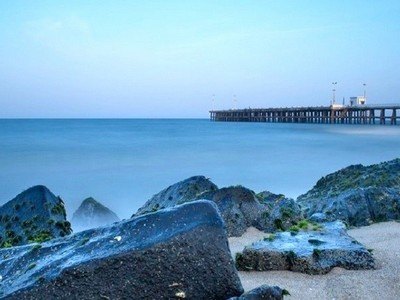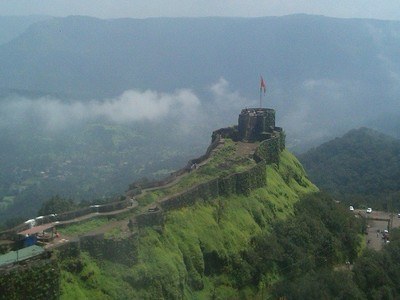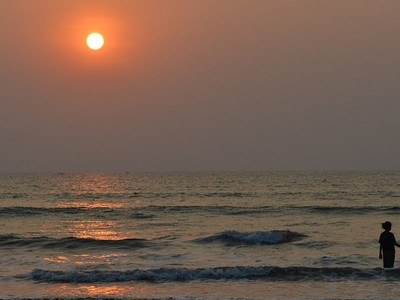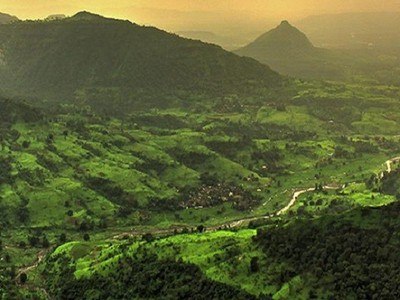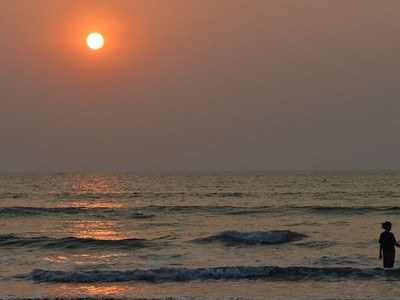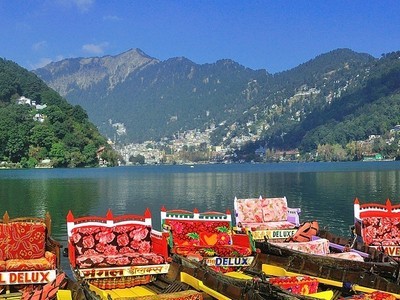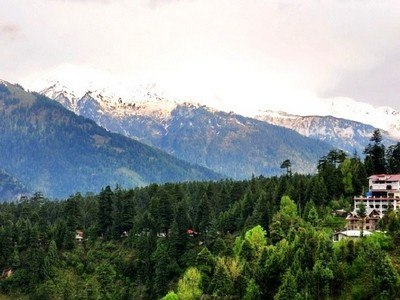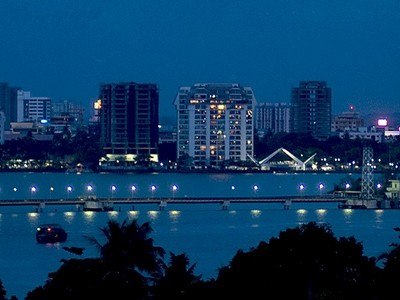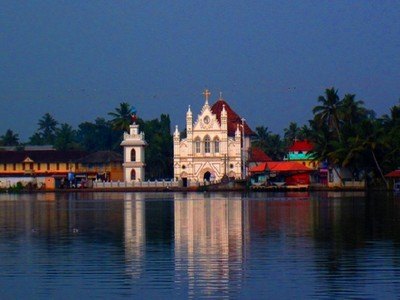Udaipur is a historical city and also the administrative headquarters of the Udaipur district in the Indian state of Rajasthan. About 399 km from Jaipur, & 656 km from Delhi, it is one of the top heritage sites near Delhi, and among the must include places in Rajasthan tour packages.
The city has an abundance of natural beauty, mesmerizing temples, and breathtaking architecture which are the prime attractions of Udaipur packages. Udaipur is also referred to as the 'Venice of the East' and the 'City of Lakes'. The City Palace, Lake Palace, Bagore Ki Haveli, Pichola Lake, Fateh Sagar Lake, Lake Palace, Jag Mandir Palace, Jagdish Temple, Sajjan Garh, Saheliyon Ki Bari, and Eklingji Temple are some prominent Udaipur places to visit. Kumbhalgarh Fort, Chittorgarh Fort, Nathdwara, Sas-Bahu Temple, Ahar, and Ranakpur are the nearest attractions.
Mewar festival and Gangaur festival are the popular festivals celebrated in Udaipur and have a unique charm. The festival of Gangaur is very significant for the women of Rajasthan. This festival is a visual feast with Rajasthani songs, dances, processions, devotional music, and firework displays.
...read more

